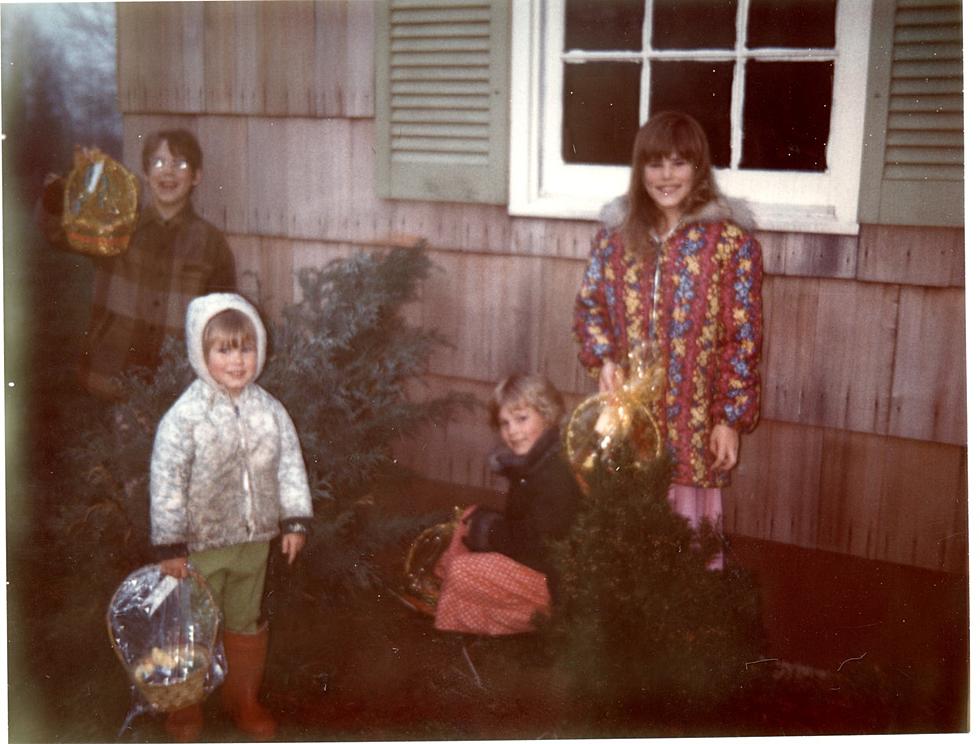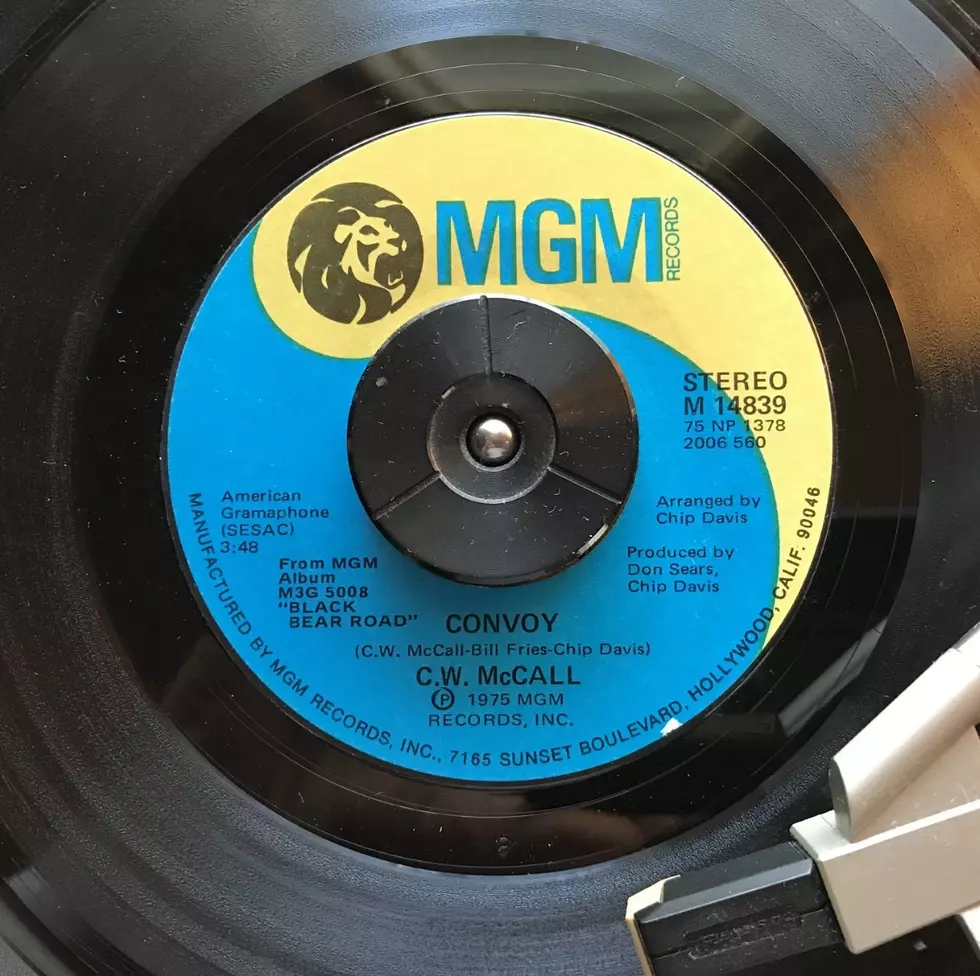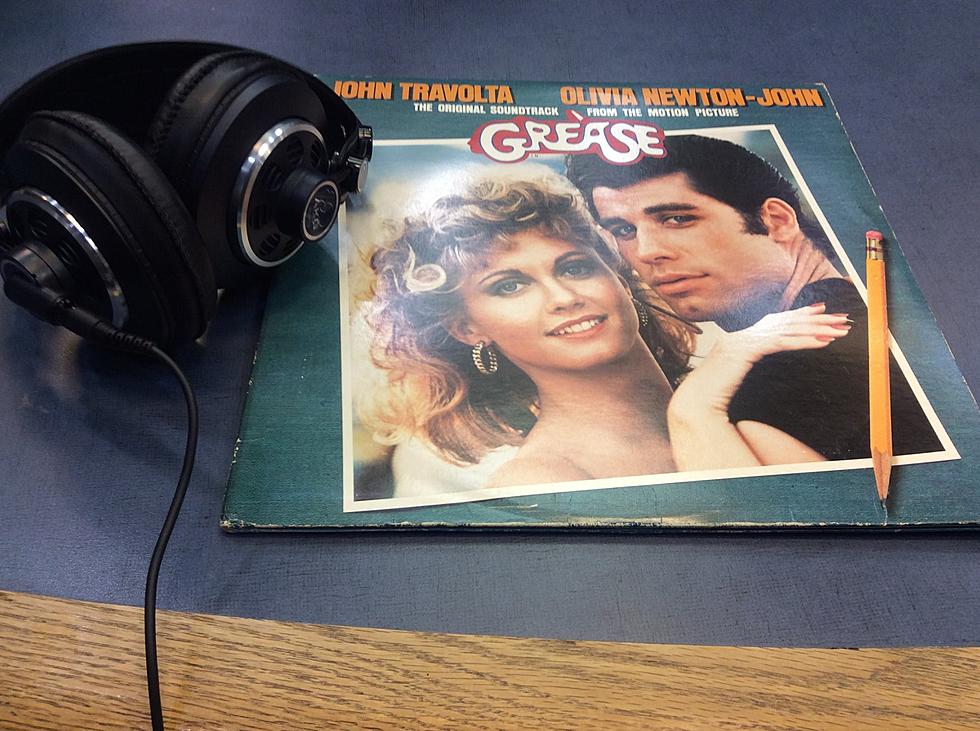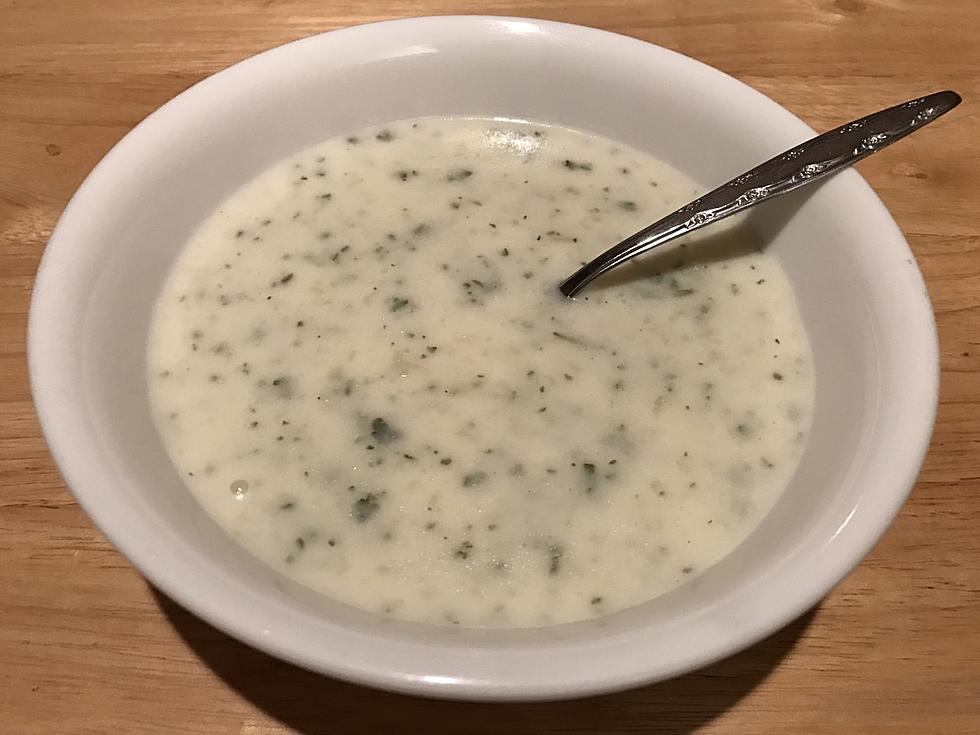![Happy 65th Birthday to the LP Vinyl Record [PHOTOS]](http://townsquare.media/site/385/files/2013/06/P1010179-630x471.jpg?w=980&q=75)
Happy 65th Birthday to the LP Vinyl Record [PHOTOS]
If the 33&1/3 rpm vinyl record was presented a birthday cake, it would have 65 candles!
The long play record (LP) was developed by CBS Laboratories, and introduced to the world by CBS' Goddard Lieberson on June 20th, 1948.
Since the beginning of the phonograph, most records (10-inch, 78-rpm discs used since the 1890's) played for about two or three minutes. Occasionally, record companies issued 12-inch records, which had a bit more capacity (song-playing time).
And, as "luck" would have it, CBS and competitor RCA, were both working to improve the record, by the mid-1940's!
RCA's concept stuck to the long-standing notion that a record should not have to hold more than one song.
RCA reduced speed to 45-rpm, and used a finer groove in the effort to develop a smaller disc than the 78-rpm standard. RCA also used a new plastic material, called vinylite, which resulted in the needle picking up less surface noise and hiss.
World War II interrupted research and development, but the new 45-rpm disc and its player were introduced at the end of 1947.
At the same time:
CBS research director Peter Goldmark, and other engineers were developing the 12-inch, 33&1/3-rpm, long playing record (LP)
It was also made of vinyl plastic, and had very fine grooves.
The concept behind CBS's LP was different from RCA's offering: with its slower speed and larger diameter, the "Long Playing" record was originally designed to showcase classical music, which often ran for 20 minutes or more without a break.
So, after June 20, 1948, consumers had two "new and improved" types of records: One standard emphasized single songs, the other suited for multiple songs, or long-playing single programs. However, each used different, non-compatible playback equipment.
With the superior sound, and equipment compatibility, you would think that the old-fashioned 78-rpm record vanished QUICKLY...but NO! The major labels didn't totally phase out the 10-inch, 78-rpm disc until...1958!! AMAZING!
The growth of LP sales in the 1960's and 1970's transformed the record business, generating large profits, and the LP restored the industry to the prominence it had held in the early 1920's, before radio was introduced.
The birthday-celebrating vinyl LP was hurt by the introduction of the compact disc in the early 1980's...
...CD sales overtook vinyl, both the LP and the 45, by the late 1980's.
Most major label record companies stopped releasing vinyl in large amounts, by the early 1990's.
Happily, that's not the end of the story: LP's (and 45's) are still being produced!
Vinyl thrives in underground music scenes and niche collector markets, and is still commonly used by DJs for mixing purposes.
Within the last ten years, vinyl has experienced a minor resurgence in the mainstream, with some of today's top-40 artists issuing their records on vinyl formats, with a limited pressing run.
Happy 65th to the LP!
And, many more!
More From New Jersey 101.5 FM









